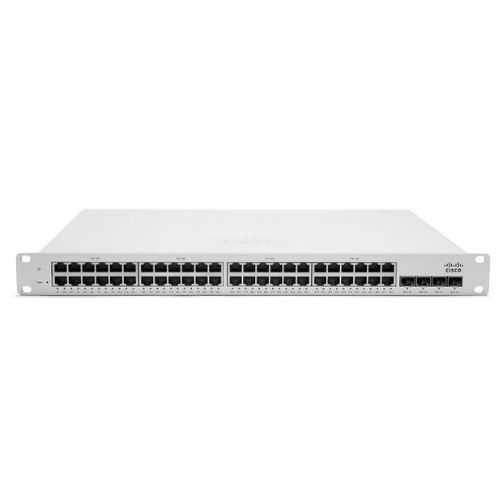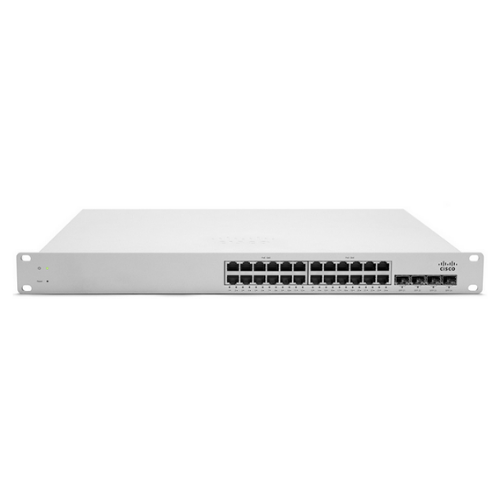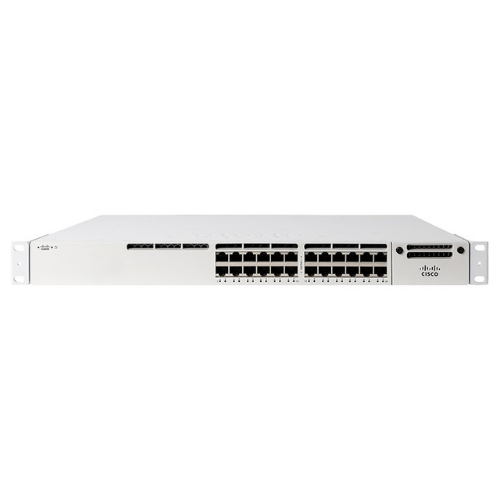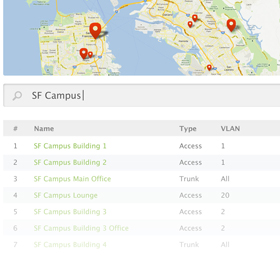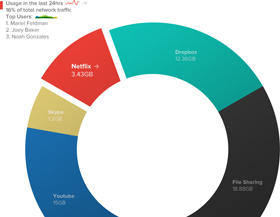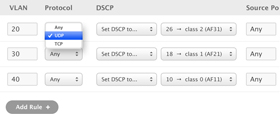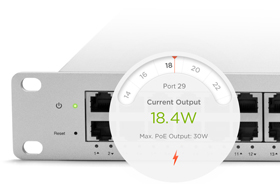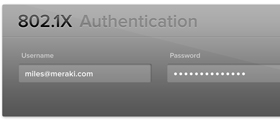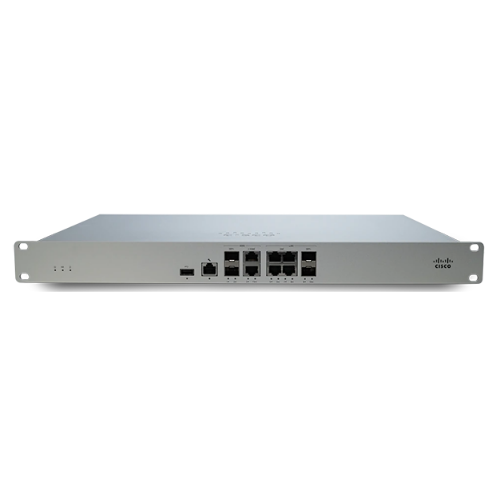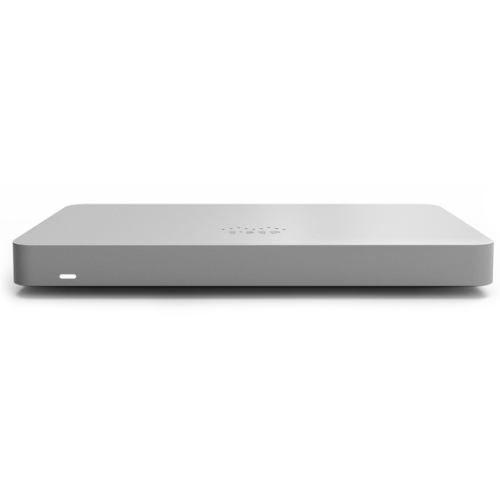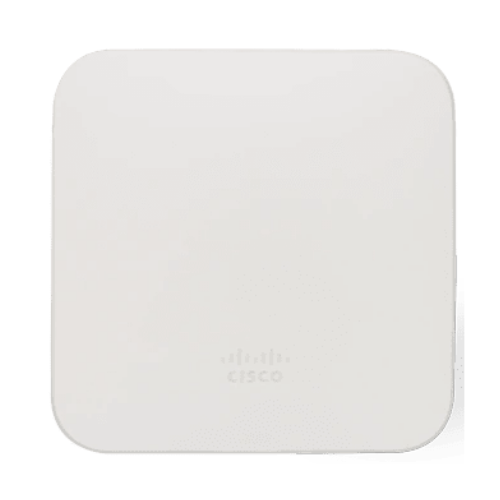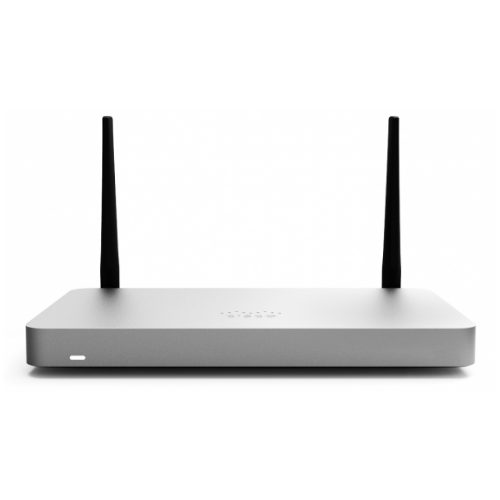Overview:
The Cisco Meraki MS320-48 is the world’s first cloud-managed switch, bringing the benefits of the cloud to enterprise networks: simplified management, reduced complexity, network wide visibility and control, and lower cost for branch and campus deployments. Mission-critical features — like deep, Layer 7 application visibility, virtual stacking, QoS for business critical applications, 802.1X access control, and more — are present in both families.
The MS320 is the flagship Meraki layer 3 access switch, designed for high-speed connectivity and high availability, with optional redundant power supplies. In addition, the MS320’s full-PoE models are ideal for next generation 802.11ac wireless AP, including the Meraki MR34 — with plenty of budget to spare for other PoE clients.
A Fresh Approach
Meraki switches are built from the ground up to be easy to manage without compromising any of the power and flexibility traditionally found in enterprise-class switches.
Cisco Meraki switches are managed through an elegant, intuitive cloud interface, rather than a cryptic command line. To bring up a Meraki switch, just plug it in; there’s no need for complicated configuration files — or pre-staging.
In addition, Meraki’s centralized management system gives administrators deep visibility into the network and how it’s used. See which switches are near capacity across hundreds of sites. Find all configuration changes made by a certain person with instant search.
MS320-48 Highlights
Configurations
- All models: 48 port gigabit Ethernet
- All models: 4 × SFP+ for 10G uplink, non-shared
- MS320-48LP includes 370 W PoE / PoE+
- MS320-48FP includes 720 W PoE / PoE+
Hardware platform
- Voice and Video QoS
- Low noise, fanless
- Non-blocking switch fabric
- Ultra-reliable, includes lifetime warranty
Power over Ethernet (MS220-8P)
- 802.3af (PoE) 15.4 W per port
- 802.3at (PoE+) 25.5 W per port
- MS320-48LP maximum PoE output: 370 W
- MS320-48FP maximum PoE output: 720 W
- PoE available simultaneously on all ports
- Intelligent PoE power allocation based on device advertisement (LLDP)
Cloud management
- Visibility and control over thousands of ports
- Built-in multi site management
- Zero touch provisioning
Monitoring and diagnostics
- Cable failure testing
- Gateway connectivity testing
- Real time troubleshooting tools
- Email and text message alerts
Layer 3
- Dynamic routing (OSPFv2)
- Static routing
- DHCP Relay
- DHCP Server
- First of a kind UI-based configuration
- Easy to configure routed interfaces
- Warm spare redundancy (VRRP)
- DHCP Failover
Built-In Multi-Site Cloud Management
The Cisco Meraki MS is the industry’s first cloud managed switch, combining the benefits of cloud based centralized management with a powerful, reliable access platform. Cloud management has a number of benefits that make it easier to build networks large and small:
- Single pane of glass management of distributed switch deployments, wireless APs, and firewalls across multiple sites through the browser.
- Virtual stacking: manage up to tens of thousands of ports from a single pane of glass.
- Layer 7 OS, client, and hostname fingerprinting.
- Powerful Live Tools such as cable test to isolate physical layer issues.
- E-mail and SMS (text) alerts upon power loss, downtime, or configuration changes.
- Role-based administration and automatic, scheduled firmware upgrades over the web.
- Regular feature updates and enhancements delivered on demand from the Meraki cloud.
- No staging deployments
With cloud management, thousands of switch ports can be configured and monitored instantly, over the web. Provision remote sites without on-site IT, deploy network-wide configuration changes, and easily manage campus and distributed networks without training or dedicated staff.
Converged Voice, Video and Data Environments
The Cisco Meraki switch family is designed to unify data, voice, and video onto a single IP backbone. All Cisco Meraki switches support rich quality-of-service (QoS) functionality for prioritizing data, voice, and video traffic. The switches support eight class-of-service (CoS) queues on every port, enabling them to maintain end-to-end traffic prioritization.


